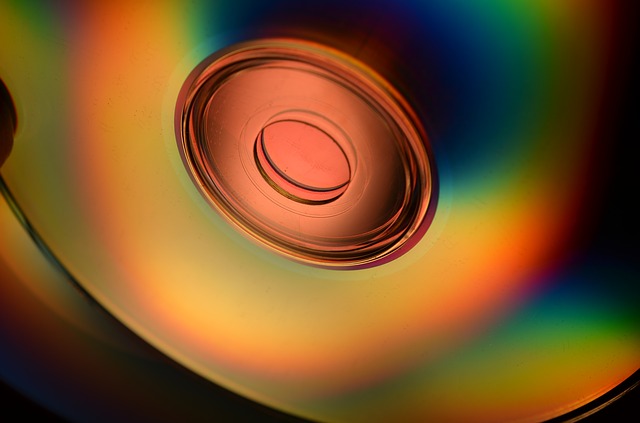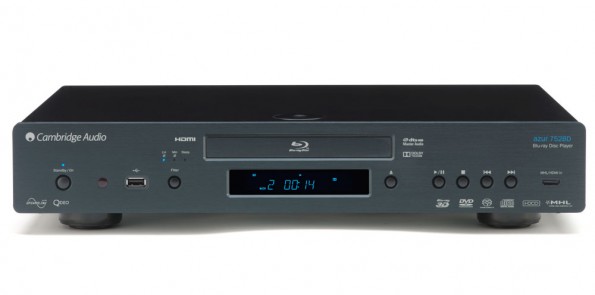The Beginnings
Presented for the first time at a Berlin the radio exhibition in 1981, the CD took the eighties by storm, replacing the record as the standard medium for storing and playing music for the mass market. According to legend, a recording of the Ninth Symphony by Ludwig van Beethoven — 74 minutes in the longest of the then available version – was cut. This all gave gave the music industry a renewed injection after the end of the seventies left the market overly-saturated amounting to a worse economic situation which could have seen record sales collapse globally.
Although the star-status of the CD began to drop in the age of iTunes, Spotify and co. And whilst many were prophosizing its end, the humble CD still constituted almost 70 percent of the of total sales of recorded music in Germany in 2013.
The Haptic
No download could ever offer the sensory world of the listening experience. What remains lacking is the haptic: the physical components of the audio medium, such as the design of the casing. Consequently with the decline in sales in recent years, artists and labels are trying to emphasise an added value with intricately designed digipacks, multiple boxes and fan editions. The music becomes almost tangible, not just as background music, but positing itself the centre of attention. Additionally the CD is a popular collectors’ item and can be – like our product CD-Wall® safe-guard system, according to your existing arrangement.
Another not-to-be underestimated advantage is the incumbent relevance and simplicity of the system. Open the case, insert the CD, press ‘Play’ button and off you go. No format-mess, no poorly encoded MP3 files that suddenly don’t sound so good on the stereo, no unappealing or complicated displays and menus. Strikingly clear sound on a comparatively durable disk, that is much less susceptible to wear and tear, damage or pollution than the record.
The Technology
On top of all this, the CD has a lot to offer technically speaking. The so-called Redbook standard was set in 1980 by Philips and Sony which defines the specifications of the audio CD. As mentioned in the last part of our series, the music on the CD is digitally stored with a word length of 16 bits and a sampling frequency of 44.1 kHz. The bit rate is 1411.2 kbit/s, which does not fail to impress. When it finally has something may be more, there is for all not to the haptic aspect and want to give the easy-to-use, several options: first would be the Super Audio Compact Disc (SACD or SA-CD). Also jointly developed by Philips and Sony, is a special form of DVD (Digital Versatile Disk). The audio is here (Direct Stream Digital) encoded in DSD format, while the audio CD, the PCM method (Pulse Code Modulation) is used. The DSD encoding works with 1-bit technology, which is only a bit word length, but with a sampling rate of 2.8224 MHz (64 x 44.1 kHz). Both methods in certain instances be can be discussed in a comparative discourse of the advantages and disadvantages through scientific deliniation, industry and users alike. But the fact is that the resolution of the SACD is significantly higher than that of conventional audio CDs. Also, they can not be read with any standard CD player. In addition to dedicated players for SACDs, there is now a complete range of compatible Blu-ray players on the market.
Tagged Blu-ray: an alternative to the SACD are several Blu-ray audio formats that come up due to lack of a uniform standard with different marketing names and technical possibilities. They are called as “High Fidelity Pure Audio” (HFPA), “Pure Audio Blu-ray” (BDPA) and “Pure Audio Blu-ray” (PABD). There is, however, only seems complicated because all of them can be played with standard Blu-ray devices and offer “Hi-Res” music enjoyment on the basis of PCM technology with 24 bit resolution and a sampling frequency of up to 192 kHz. And even if the direct comparison is not given: Such high-resolution PCM coding is the process in the DSD result in nothing.
Final Thoughts
As discussed CDs, SACD or Blu-ray discs have all earnt their place not only for their haptic qualities, but also for their tonal benefits. Experiencing the silver discs in the flesh passed over our heads in recent years us and you could be forgiven in thinking that you need to be a computer expert to satisfy your audophile needs. Sit yourself down and put on a CD instead of wondering if this or that song has landed back in the playlist of your smartphone while you’re still busy with two other things. Thus, the prophets of doom confirmed despite the old adage “The condemned life longer,” and it is assumed that the CD is us still remain quite a while.
And one final note: Apparently, according to media reports, the future will see Sony being increasingly recognised as so the largest supporter of SACD audio and Blu-rays. Elsewhere recently the SACD has been speculation about the end. With a suitably well-equipped Blu-ray player like Oppo 105D or the aforementioned Cambridge Audio 752BD with either of these pieces you are very well quipped for the future.
We’re here to advise you comprehensively and are available by calling 030 253 753 10, email us at eShop@hifi-im-hinterhof.de and of course face-to-face in our retail shop at Großbeerenstraße 65/66 in Berlin-Kreuzberg. Mon – Fri 10:00 to 19:00 Sat 10:00 to 15:00




